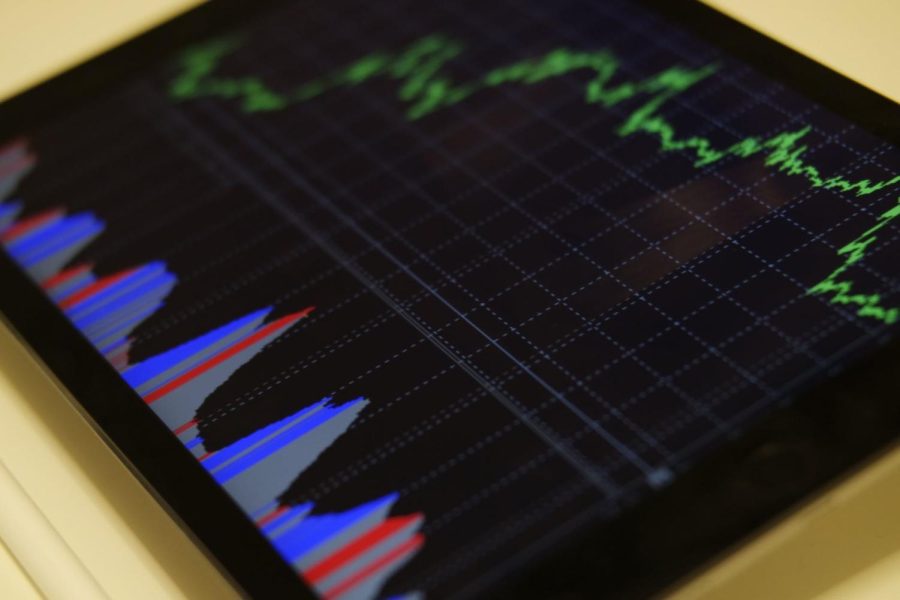Pandemic Prices
Rising prices as a result of the COVID-19 pandemic have impacted the U.S. economy and are caused by high consumer demand and low supply. Prices have surged in many sectors of American society including in real estate, transportation, furniture, groceries, clothing, and travel. Though the economy is continuously growing and recovering from the recession during the pandemic, economists are worried about what the current rise in prices will do to the already fragile economy.
As the world begins returning to normalcy in the wake of the pandemic, consumers begin to spend more money. Prices of consumer items have risen around seven percent over the past year, and houses have become much more expensive. Many economists and strategists on Wall Street are worried about stagflation, which is when the economy slows as prices rise. It is difficult to come up with a solution for stagflation; the most common solution is to lower interest rates, but for the past two years, interest rates have been almost zero.
During the COVID-19 lockdown, consumer spending shifted from spending on services to spending on goods. Airlines, hotels, entertainment venues, and restaurants all saw a dramatic decrease in sales, which became a major issue throughout the duration of the pandemic. Demand for products, on the other hand, quickly rose, and companies struggled to keep up with this increase due to a lack of employees and closing factories.
High unemployment rates and labor shortages are causing company production to fall behind. Victor LaGreca, labor union president for the Eastern States Joint Board, spoke about how this is affecting workers. “A lot of the unemployed are choosing not to go to work because they’re making an income off of unemployment,” LaGreca said. “These companies are forced to shorten hours and reduce the days in which they are open.”
Since there is not enough product being made, companies are forced to raise their prices to stay afloat. Strategists predict that until the pandemic leaves for good, the unemployment rate will continue to soar.
Companies are not the only ones struggling. Consumers are also having trouble keeping up with the rising prices. Roseann Colantti is one example of a consumer who is having trouble adjusting to rising prices. “It’s a real challenge, everything is super overpriced, and it’s difficult to stay afloat,” Colantti said. “I run a business, am involved in real estate, and have a baby, so I’m really struggling to figure out how to navigate these rising prices.”
A lack of inventory is directly correlated to the dropping sales and increasing prices for transportation. There is a big shipping issue that is lowering the amount of goods shipped to the U.S. Shipping companies’ prices have skyrocketed, and they are struggling to afford the new shipping costs but fear that if they reduce their purchases, they will not be able to keep up with consumer demand at all.
Robert Barone is a journalist who predicts that consumers will likely begin to shift back to their pre-pandemic service and goods purchasing ratios. “We’ve already seen some of it in restaurants, airlines, hotels, and casinos, but maybe not all the way back,” he said in a Forbes article titled “The Pandemic Caused Significant Economic Impacts; Not All Inflation Is Related.” Barone believes that, eventually, the issue will lay at the hands of consumers, stating, “prices can only rise so high before consumers revolt by not purchasing.”























